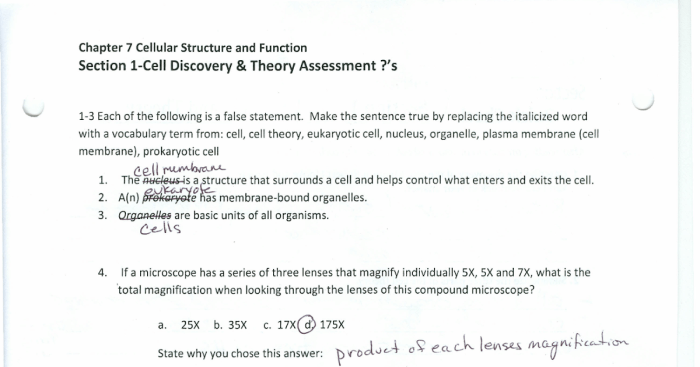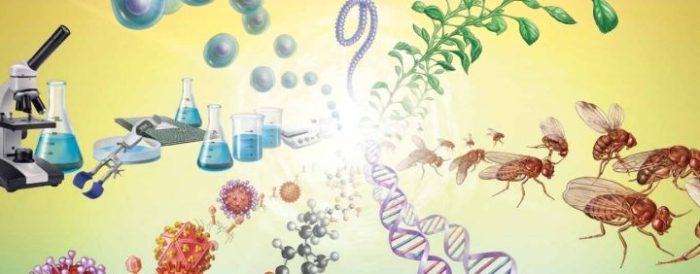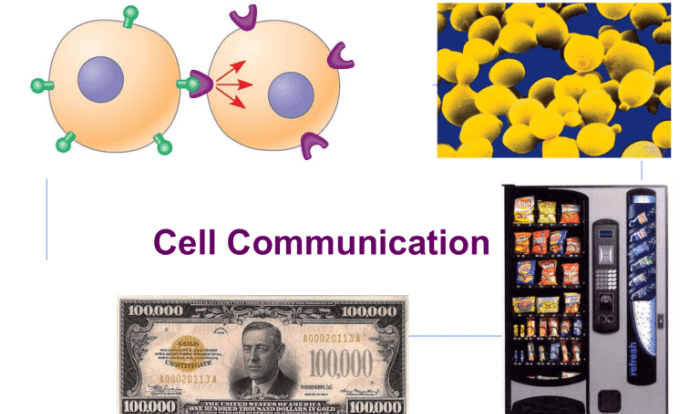Embarking on chapter 8 lesson 1 life is cellular answer key, we delve into the fundamental unit of life – the cell. This comprehensive guide unravels the intricate world of cells, exploring their structure, function, and diversity, while providing a profound understanding of the cell theory and its implications.
As we journey through this chapter, we will uncover the contributions of renowned scientists like Schleiden, Schwann, and Virchow, who laid the groundwork for our understanding of cells. Furthermore, we will delve into the remarkable diversity of cells, examining their varying shapes, sizes, and specialized functions that enable them to perform specific tasks essential for life.
Life’s Basic Unit: Cells
A cell is the basic unit of life, the smallest unit that can carry out all the functions of life. Cells are responsible for growth, reproduction, and metabolism. They are the building blocks of all living organisms, from the smallest bacteria to the largest whales.
The Three Main Parts of a Cell
The three main parts of a cell are the cell membrane, cytoplasm, and nucleus.
- The cell membrane is a thin layer of lipids that surrounds the cell and protects its contents.
- The cytoplasm is a gel-like substance that fills the cell and contains all of the cell’s organelles.
- The nucleus is a membrane-bound organelle that contains the cell’s DNA.
Cell Theory
The cell theory is a fundamental principle of biology that states that all living organisms are composed of cells, and that cells are the basic unit of life.
The Contributions of Schleiden, Schwann, and Virchow
The cell theory was developed by three scientists in the 19th century: Matthias Schleiden, Theodor Schwann, and Rudolf Virchow.
- Schleiden was a German botanist who discovered that all plants are composed of cells.
- Schwann was a German zoologist who discovered that all animals are composed of cells.
- Virchow was a German pathologist who added the third postulate to the cell theory, which states that all cells arise from pre-existing cells.
Cell Diversity
Cells come in a wide variety of shapes, sizes, and functions.
- The smallest cells are bacteria, which are typically only a few micrometers in size.
- The largest cells are egg cells, which can be up to 100 micrometers in size.
- Cells can be specialized to perform specific tasks, such as muscle cells, nerve cells, and blood cells.
Cell Structure and Function

| Organelle | Structure | Function |
|---|---|---|
| Mitochondria | Rod-shaped or oval-shaped organelles with a double membrane | Produce energy for the cell |
| Ribosomes | Small, spherical organelles that are not membrane-bound | Synthesize proteins |
| Endoplasmic reticulum | A network of membranes that extends throughout the cytoplasm | Transport materials within the cell |
| Golgi apparatus | A stack of flattened sacs | Modify and package proteins |
| Lysosomes | Small, spherical organelles that are membrane-bound | Digest waste materials |
Cell Processes: Chapter 8 Lesson 1 Life Is Cellular Answer Key

Cellular Respiration
Cellular respiration is a process that converts glucose into energy for the cell.
- Glucose is a sugar that is broken down in the mitochondria.
- The energy released from the breakdown of glucose is used to produce ATP.
- ATP is a molecule that provides energy for the cell’s activities.
Photosynthesis, Chapter 8 lesson 1 life is cellular answer key
Photosynthesis is a process that converts sunlight into energy for the cell.
- Photosynthesis occurs in the chloroplasts of plant cells.
- Sunlight is used to split water molecules into hydrogen and oxygen.
- The hydrogen is used to produce glucose.
- The oxygen is released into the atmosphere.
Q&A
What is the significance of the cell theory?
The cell theory establishes the fundamental principles of biology, stating that all living organisms are composed of cells, cells are the basic unit of life, and all cells arise from pre-existing cells.
How do cells differ in shape and size?
Cells exhibit remarkable diversity in shape and size, ranging from spherical to elongated, and from tiny bacteria to massive nerve cells.
What is the role of mitochondria in cellular respiration?
Mitochondria are the powerhouses of the cell, responsible for generating energy through cellular respiration, a process that converts glucose into ATP.


